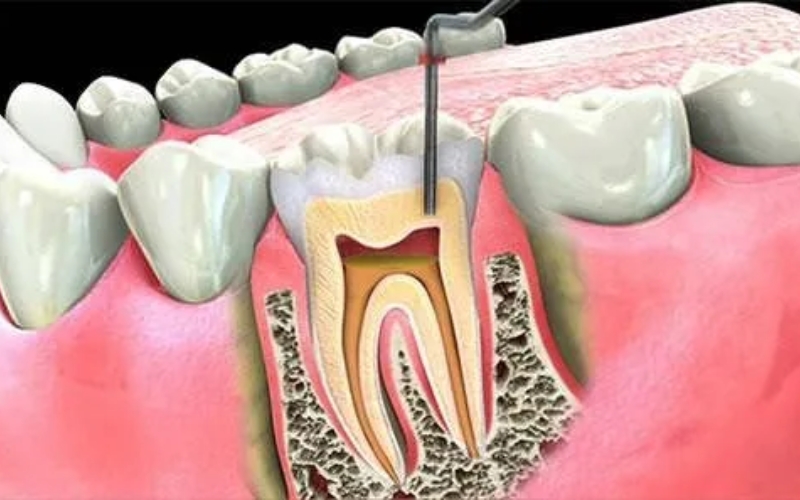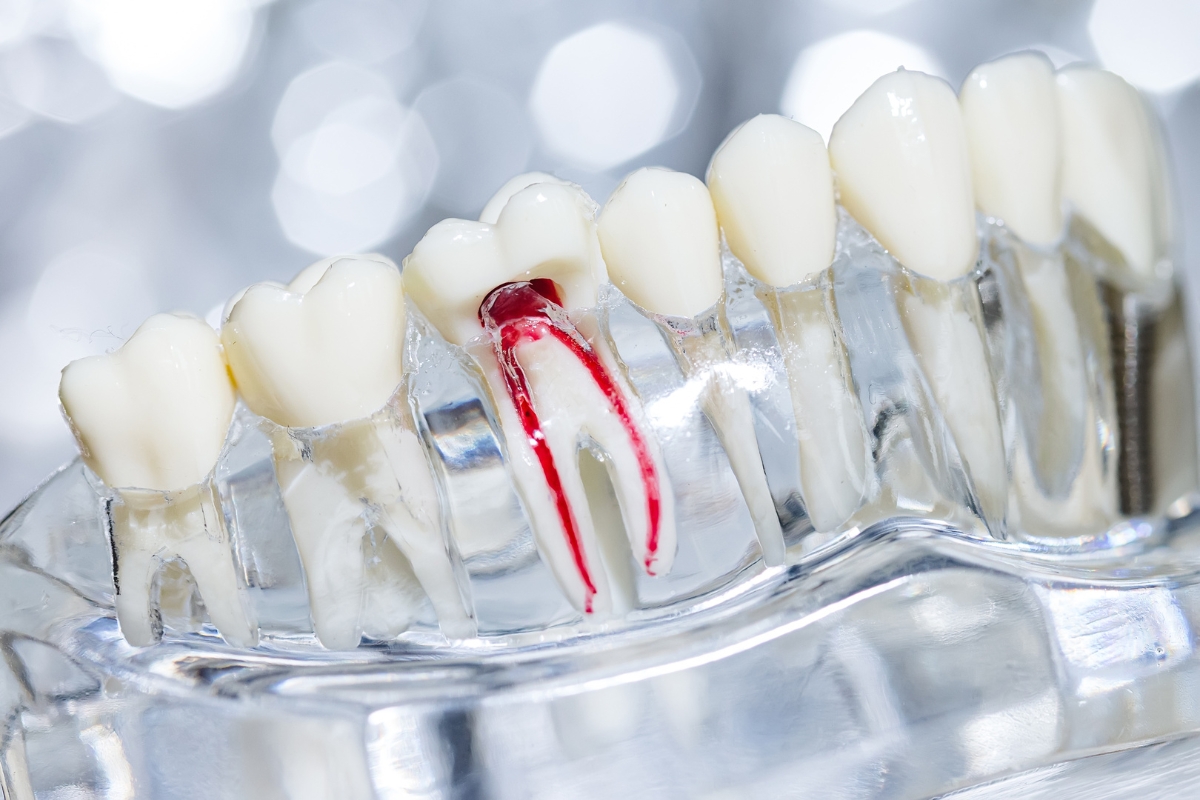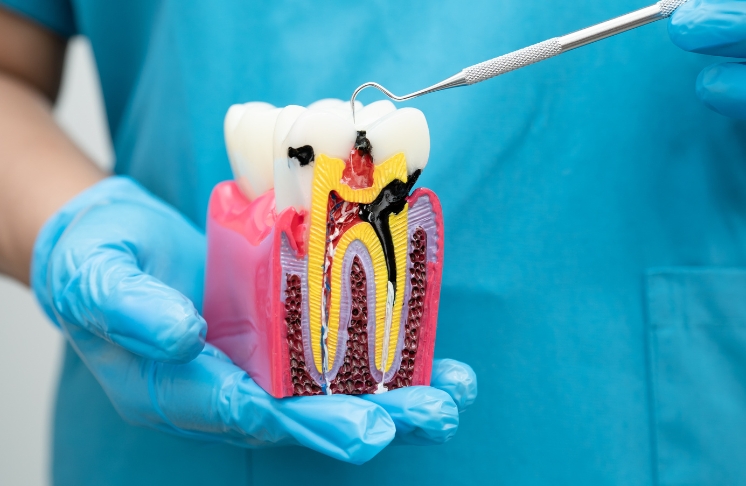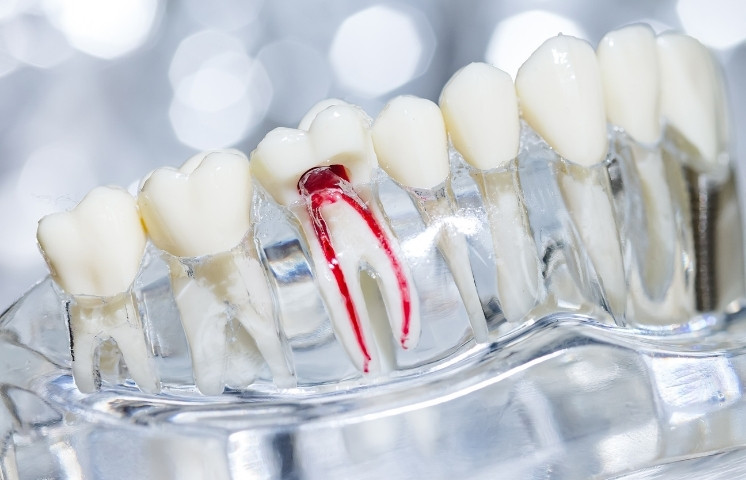We are not a registered Medicare/Medicaid Provider

When faced with dental issues, particularly involving a molar, you might wonder whether to pull your molar or undergo root canal therapy. Both options can alleviate pain, but they serve different purposes and involve unique processes. Understanding these differences is crucial for making an informed decision about your dental health. This blog will guide you through the considerations for both procedures, helping you determine the best course of action for your situation.
The Case for Root Canal Therapy
Root canal therapy is a treatment designed to save a tooth that is severely decayed or infected. During this procedure, your dentist removes the infected pulp from inside the tooth. They then clean and disinfect the interior before sealing it to prevent further infection. Here are some reasons to consider this treatment:
- Preservation of Natural Teeth: Root canal therapy allows you to keep your tooth intact, which is beneficial for overall dental health. Natural teeth play a crucial role in biting and chewing.
- Less Recovery Time: After a root canal, recovery is generally quicker compared to extraction. Most patients can return to their normal activities within a day or two.
- Avoiding Bone Loss: When a tooth is extracted, the surrounding bone can deteriorate over time. Keeping your tooth through root canal therapy helps maintain the bone structure.
- Lower Risk of Complications: Root canal therapy has a lower risk of complications compared to an extraction, such as the need for future dental implants.
- Relief from Pain: Many patients find immediate relief from toothache after a root canal. The procedure alleviates the pain caused by infection or decay.
If your tooth is salvageable, root canal therapy may be the best option. It can restore your tooth’s function and protect your overall oral health.
When is Tooth Extraction Necessary?
In some cases, extraction might be the only viable option. Here are a few scenarios where removing a molar makes more sense:
- Severe Decay: If your molar is too decayed or damaged, it may not be repairable through root canal therapy. In such cases, extraction is necessary to eliminate infection and prevent further issues.
- Impacted Teeth: If a molar is impacted (stuck in the gum), it can cause pain and swelling. Extraction may be the best solution in these cases.
- Gum Disease: Advanced gum disease can weaken the structures supporting your teeth. If the damage is extensive, pulling the tooth might be the best option to prevent infection from spreading.
- Preparation for Orthodontics: Sometimes, molars need to be removed to make space for braces or other orthodontic treatments.
- Recurrent Infections: If a tooth continues to get infected after a root canal, extraction might be necessary to protect your overall oral health.
While extraction may seem daunting, it can be necessary for your long-term health.
Weighing Your Options: Pull Molar or Root Canal Therapy?
Deciding between pulling your molar or root canal therapy involves considering various factors. Here’s how to make an informed choice:
- Consult Your Dentist: Always seek professional advice. Your dentist will evaluate your specific situation and recommend the best course of action based on your dental health.
- Consider Long-Term Effects: Think about the long-term implications of both procedures. Keeping your natural tooth can have advantages, but in some cases, extraction may be the only safe option.
- Evaluate Your Pain: Consider how much pain you’re experiencing. If a root canal can relieve your pain and save your tooth, it may be worth it.
- Look at Costs: The costs of root canal therapy and extraction may vary. Consider your insurance coverage and budget when making a decision.
- Evaluate Your Comfort Level: If you’re anxious about dental procedures, consider how you feel about each option. Discuss sedation options with your dentist if needed.
By carefully weighing these options, you can decide what’s best for your dental health.
Recovery After the Procedure
Regardless of whether you choose root canal therapy or extraction, recovery is an important aspect to consider:
- After a Root Canal: You might experience some discomfort for a few days. Over-the-counter pain relievers can help. Your dentist may also prescribe antibiotics if there’s an infection. Follow-up appointments are essential to ensure the tooth is healing correctly.
- After an Extraction: Recovery may take longer. Expect swelling and pain. Follow your dentist’s instructions on care, which often include rest, ice packs, and a soft food diet. Avoid strenuous activities for a few days to promote healing.
Both recovery processes require careful attention to oral hygiene. This ensures healing and helps prevent complications.
Signs That You Need a Root Canal or Extraction
Recognizing the symptoms that indicate a root canal or extraction is necessary can help you act quickly:
- Severe Tooth Pain: If you experience constant, intense pain, it might signal an infection that requires root canal therapy.
- Sensitivity: Prolonged sensitivity to hot or cold can indicate that the pulp is damaged.
- Swelling and Tenderness: Swelling in the gums around a tooth may suggest an infection that needs treatment.
- Discoloration: A darkening of the tooth can indicate nerve damage.
- Difficulty Chewing: Pain when biting down may mean a serious issue with the tooth.
If you notice any of these symptoms, consult your dentist promptly. Early intervention can save your tooth or help you avoid more extensive treatment later.
Making the Best Choice for Your Dental Health
Whether to pull molar or undergo root canal therapy depends on your specific circumstances. Root canal therapy can save your tooth and maintain dental function, while extraction might be necessary in certain situations. Consult your dentist to understand your options better and make the best choice for your oral health. Remember, taking care of your teeth today can prevent more serious issues in the future. Whether you opt for root canal therapy or an extraction, prioritize your dental health for a brighter smile ahead!
Frequently Asked Questions
How long does a root canal procedure take?
A root canal typically takes one to two hours to complete, depending on the tooth’s complexity and the extent of the infection. Some patients may require multiple visits, especially if the tooth is severely damaged. Your dentist will provide a more accurate timeline based on your specific case.
Will I need a crown after a root canal?
Yes, most patients will need a dental crown after a root canal to protect the tooth and restore its function. The crown helps reinforce the tooth, preventing it from breaking or becoming damaged after the procedure. Your dentist will discuss the best options for crowns during your follow-up appointments.
Can I eat normally after a root canal or extraction?
After a root canal, most patients can resume normal eating habits once the numbness from anesthesia wears off. However, it’s advisable to avoid hard, crunchy, or sticky foods until the tooth is fully healed and any necessary crowns are placed. After extraction, it’s essential to stick to soft foods for several days to avoid disturbing the healing socket.



